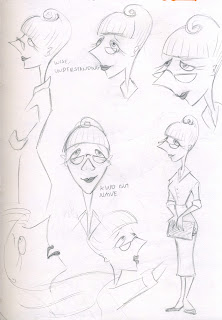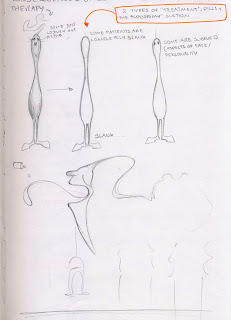In order to nail the appropriate colouring and mood of the psych ward, I google searched ‘Psychiatric Ward’ and picked out my favourite images. I found that these images contained rooms and halls that looked cold, sterile and clean. The floors are very reflecting making them appear clean, the colours are light pastel (typically blue or green)
I used watercolors to test the potential colour palette for the backgrounds. I tried out the pink first because it added a touch of childishness to the concept however I decided that it was a little bit too sweet for a Psychiatric Ward and decided to try a cool light green colour.
I proceeded to sketch out some shots from my story. I am quite satisfied with the results. The layouts are very simple and desolate which is exactly the feeling I wanted from the Ward.
______
Backgrounds:
Once I had decided on specific layouts for each of my drafted shots, I began to ‘render’ them by illustrating them full scale using fine liner and water-colour. I then scanned them into the computer and began to add a grungy texture as advised by Mat. I also filled the florescent lights with white as well as the sink.
In order to easily texture the walls, I selected the window as well as the sink and placed them on different layers. Then I added a ‘texture’ layer and place it in between the background and the foreground. I added the texture and distorted the proportions in order to fit them to the dimensions of the room.
Here are two of the shots compared to one another:




















































